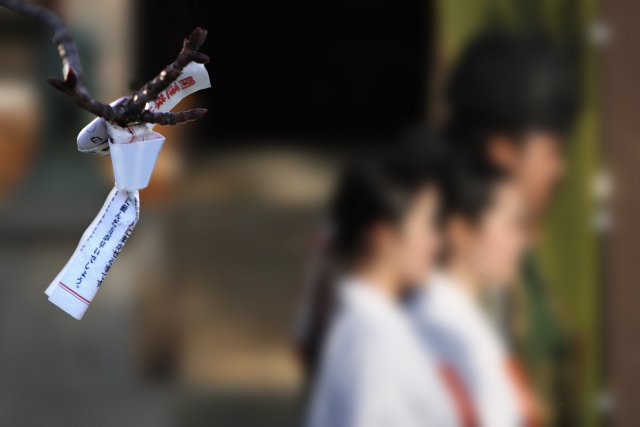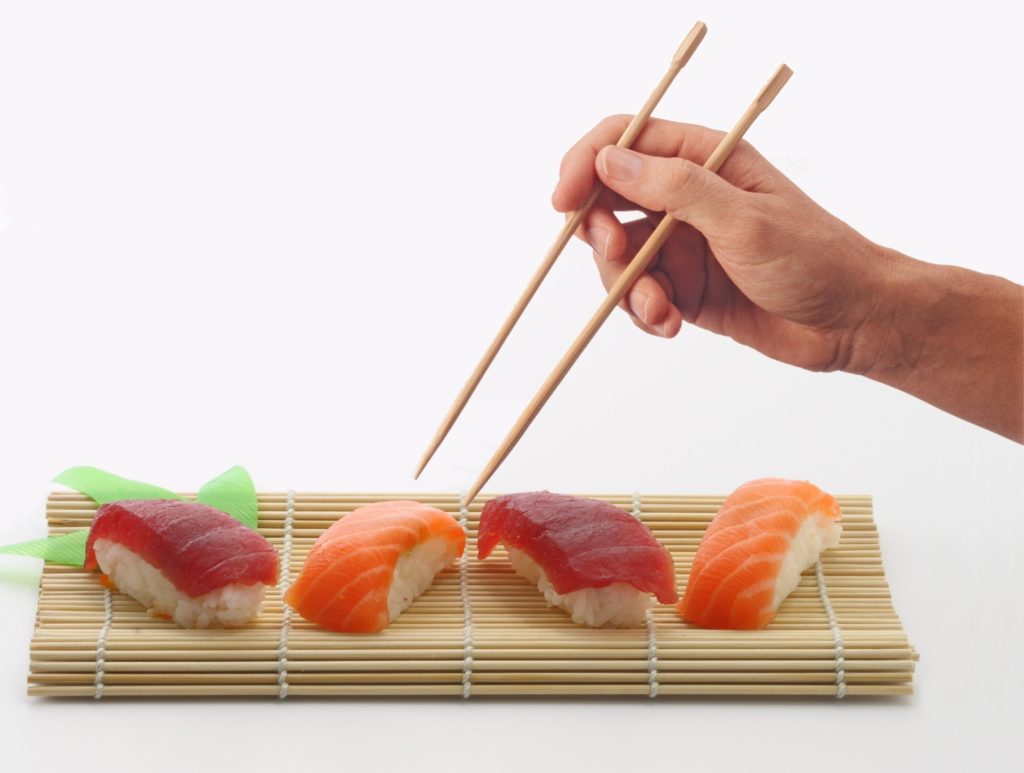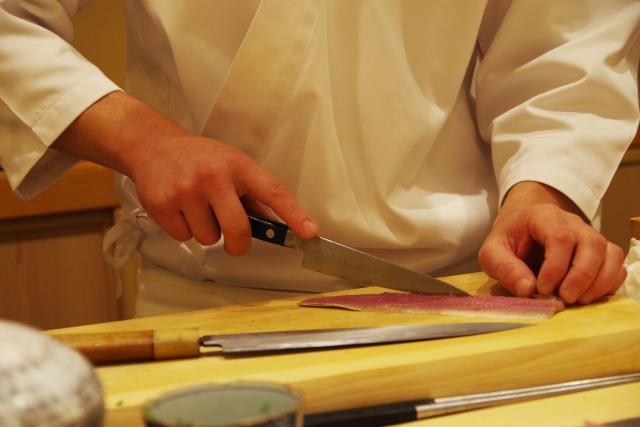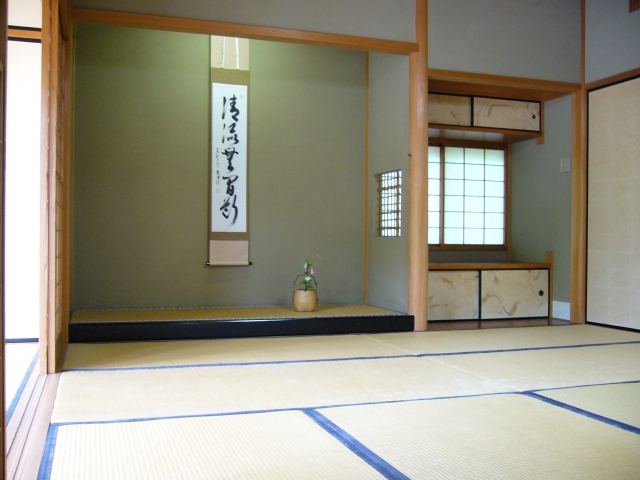
The year is divided into 24 equal parts based on the movement of the sun, and each of the four seasons of spring, summer, autumn, and winter is divided into six parts.
The four seasons of spring, summer, autumn, and winter are divided into six parts, alternating between “Setsu” or “Sekki” and “Ki” (also called “Chuu” or “Chuuki”).
It is still used to describe the seasons, such as Risshun, Shunbun, and Summer Solstice.
| Seasons | 24 solar terms |
Month | New calendar day |
Outline |
| Spring | Risshun -The beginning of Spring |
January・Setsu | Around February 4 | In the lunar calendar, Risshun is the beginning of spring and the beginning of the year, and the first strong south wind that blows after Risshun is called the “Haru-ichiban”. |
| Usui -Rain and Water |
January・Chuu | Around February 19 | This is the time of the year when snow turns to rain and the snow that has fallen begins to melt. | |
| Keichitu -Enlightenment |
February・Setsu | Around March 5 | This is the time of year when the earth warms up and insects awaken from their winter hibernation and emerge from the earth. | |
| Shunbun -Vernal Equinox |
February・Chuu | Around March 21 | This is the day when the length of day and night are almost the same, and the sun is out for longer hours after this day. | |
| Seimei -Qingming |
March・Setsu | Around April 5 | Seimei is an abbreviation for “clean and clear,” meaning that all things are clean and fresh. | |
| Kokuu -Grain rain |
March・Chuu | Around April 20 | It means that crops will be moistened by the soft rains of spring. | |
| Summer | Rikka -The beginning of summer |
April・Setsu | Around May 5 | From this day to the day before Risshu is summer on the calendar. |
| Shouman -Growing and overgrown |
April・Chuu | Around May 21 | It means that the weather is getting better and the plants and trees are growing and becoming thicker. | |
| Boushu -Sowing seeds |
May・Setsu | Around June 6 | It means the time to sow seeds for rice and other grains. | |
| Geshi -Summer Solstice |
May・Chuu | Around June 21 | In the northern hemisphere, this is the day when the sun rises the highest and the daytime is the longest of the year. | |
| Shousho -Heat is increasing |
June・Setsu | Around July 7 | The end of the rainy season is approaching, and the heat of summer is beginning to be felt. | |
| Taisho -Heat is in full swing |
June・Chuu | Around July 23 | This means that the heat of summer is in full swing. | |
| Autumn | Risshuu -The beginning of autumn |
July・Setsu | Around August 8 | The harsh lingering summer heat continues, but from this day on, the calendar turns to autumn. |
| Shosho -The heat subsides |
July・Chuu | Around August 23 | It means that the heat subsides, and although it is hot during the day, the cooler mornings and evenings make it feel like early autumn. | |
| Hakuro -When the morning dew begins to appear |
August・Setsu | Around September 8 | This is the time of year when autumn deepens and the morning dew begins to appear on the flowers and grass. | |
| Shuubun -Autumnal equinox |
August・Chuu | Around September 23 | This is the day when the length of day and night become almost the same, and after this day, the days become shorter and the nights become longer in autumn. | |
| Kanro -When the cold dew falls |
September・Setsu | Around October 8 | It means the time when cold dew falls on the trees and plants. | |
| Soukou -When frost begins to fall in the early morning |
September・Chuu | Around October 24 | It means the time when frost begins to fall in the early morning. | |
| Winter | Rittou -The beginning of winter |
October・Setsu | Around November 7 | From this day to the day before Risshun is winter on the calendar. |
| Shousetu -When the first snow begins to fall |
October・Chuu | Around November 22 | This is the time of year when the leaves fall from the trees and the first snow begins to fall on the mountains. | |
| Taisetu -Snow begins to fall on the plains |
November・Setsu | Around December 7 | This is the time of year when the mountains are covered with snow and the plains are also covered with snow. | |
| Touji -Winter solstice |
November・Chuu | Around December 21 | This is the day of the year when the sun is at its lowest point, night is longest, and day is shortest. | |
| Shoukan -When the weather gets cold |
December・Setsu | Around January 5 | This is the time when the ice on ponds and rivers becomes thicker and the cold becomes more severe. | |
| Daikan -When the cold is at its worst |
December・Chuu | Around January 21 | This is the time of year when the weather is at its coldest and most intense. |
According to the lunar calendar, January, February, and March were considered spring, April, May, and June were considered summer, July, August, and September were considered autumn, and October, November, and December were considered winter.
The names were given to indicate the weather and the state of living things, and are still used in various situations such as annual events and season’s greetings.
We believe that this is the wisdom of life, which incorporated the sense of the four seasons into our daily lives.







